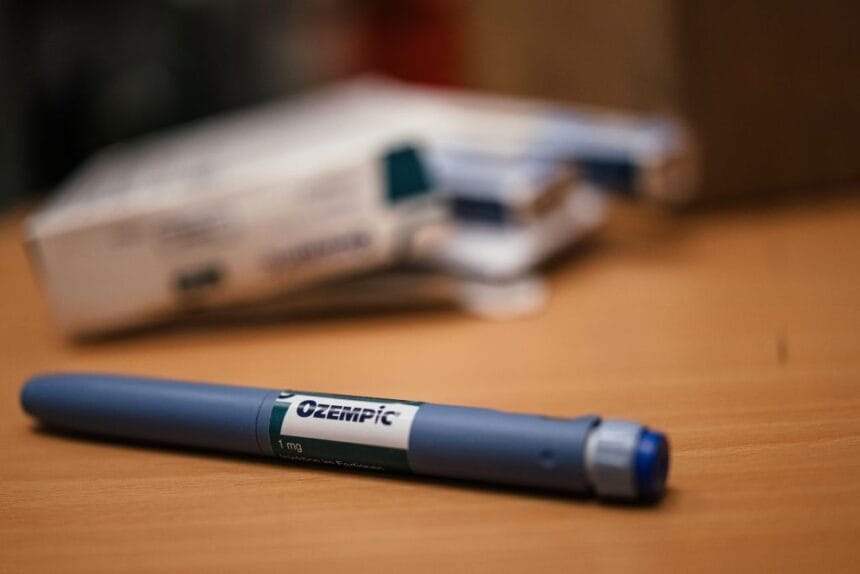There’s a lot of money surrounding GLP-1 drugs like Ozempic and Wegovy — including in the advertising realm.
MediaRadar recently released a report that found ad spending on weight loss and diabetes drugs topped $1 billion in 2023, up 51% year-over-year. Advertising spend around diabetes medications made up the lion’s share of that amount, with weight loss drug spending coming in just shy of $300 million.
This comes as little surprise to the medical marketing community given the unprecedented popularity of this class of drugs, which have not only captured the public’s interest but also boosted the bottom lines of Novo Nordisk and Eli Lilly.
But what does this jump in spending mean on a practical basis for medical marketers?
MediaRadar CEO Todd Krizelman told MM+M that the spending figures represent an “enormous expansion” of advertising around these specific drugs, especially since more and more research indicates their value beyond weight loss.
As for the go forward, Krizelman said he expects to see an expansion in terms of advertising spend since these GLP-1 drugs are in the early stages of their 14-year runs for patent protection.
This sizable upfront investment to gain the public’s attention is also noteworthy since the messaging differs from more of the prescription drug marketing that’s focused on doctors rather than consumers.
“The category is new enough and there are enough players in it, that you’re seeing these ads where it’s often saying, ‘Ask your doctor if this is a good fit for you,’ with little information around what the therapeutic benefit actually is,” he said.
Accounting for the ongoing shortages and scarcity challenges related to keeping these drugs in stock, Krizelman said drugmakers have acted accordingly with their ad spend.
He noted that the ad spend on Ozempic in January and February was down 60% year-over-year, though the spending on marketing Wegovy has increased as Novo seeks to build brand awareness for the drug.
One major takeaway for pharma advertisers, according to Krizelman, is recognizing that while GLP-1 drugs like Ozempic and Mounjaro may feel mass market, they’re not being marketed as such.
He said that most pharma advertising continues to be set on linear TV rather than on streaming platforms or digital channels as brands target their products for specific viewer segments.
“What we’re seeing here for this group of weight loss drugs are products targeted to type 2 diabetics and people with obesity; like this is a very specific crowd who they are targeting,” he said.
While part of that is due to advertising to target audiences where they are, Krizelman added that marketing on social media and remaining in compliance with guidelines from the Food and Drug Administration for disclaimers on these medications is another complicating factor for pharma marketers.







